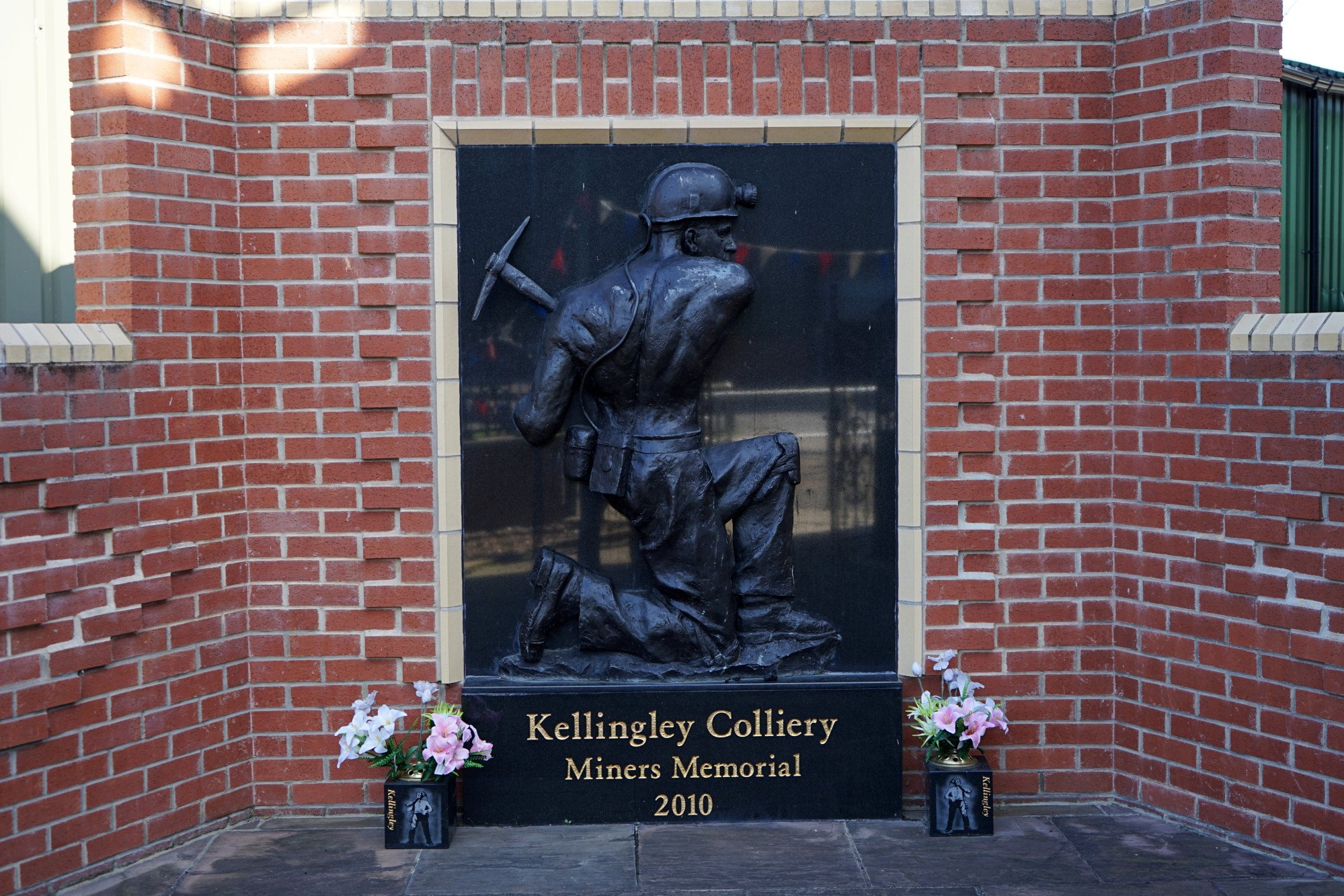Today, Tham Luang attracts enthusiasts keen to explore the celebrated site.
Chamber 3, which is 800 metres (0.5 miles) inside, was used as a coordination centre and for storing oxygen tanks, ropes and communication cables. The area is now open for group tours run by forest officials and local guides.
The excursions last about three hours and, while not dangerous, visitors need to navigate some of the narrow passageways in single file.
2. Paris Catacombs, France
A combination of the surreal and the macabre, the Paris Catacombs are a spooky subterranean cemetery containing the centuries-old remains of at least 6 million Parisians. (This is the one place in the tourist-ridden French capital where you’ll be glad there are lots of other people around.)

Originally built on a network of old limestone quarries, the maze of underground tunnels was established in the late 18th century to house the bones of Parisians because of a lack of room in local cemeteries.
They are still there today, neatly stacked: skulls in one area, thigh and pelvic bones in another – scientists still have no idea which goes with which.
Described as a warehouse of human bones, the eerie ossuary is a popular attraction – guided tours through a 1.6km section of the subterranean house of horrors last about an hour.

3. Cold War bunkers, Albania
Throughout the Cold War, Albania prepared for military attacks that never happened. Fearing invasion from both capitalist and communist countries, paranoid dictator Enver Hoxha transformed the beleaguered Balkan state into one of the most heavily armed (and most isolated) nations in the world.
Their real purpose was to keep Albanians fearful of foreign forces and thus entirely dependent on the megalomaniacal leader for their security and safety.
Many of the military pillboxes were abandoned after the collapse of communism in the early 1990s; some have since been repurposed as storage facilities, cafes, museums and hotels.

4. Reed Flute Cave, China
Stumbled upon by Chinese refugees fleeing Japanese forces during World War II, the Reed Flute Cave, in Guilin, Guangxi, gets its name from plants growing nearby that were used to make traditional musical instruments.
Legend has it the melodious sound of wind blowing through the reeds inspired ancient Chinese flautists to compose music.
Today the limestone cavern near Guilin offers a breathtaking display of stalactites, stalagmites and stone pillars. These artificially illuminated formations resemble objects, animals and mythical creatures, creating an underground rock art gallery.
The cave has ink inscriptions (poems, travelogues) and other evidence of human presence dating back more than 1,000 years.

5. Malinta Tunnel, the Philippines
Located on Corregidor Island, in Manila Bay, the Malinta Tunnel complex is a 3,000-metre network of interconnected passageways constructed by the US Army between 1922 and 1932.
The bombproof bunker and storage facility housed barracks and offices, a power station, ventilation system and later incorporated a 1,000-bed hospital.
During the Battle of Corregidor in 1942, the tunnel served as the headquarters of US General Douglas MacArthur and the seat of government of the Commonwealth of the Philippines.
At the height of operations, more than 4,000 people lived in the cavernous military stronghold.
These days, tram and walking tours are popular with visitors, while a sound and light show conveys the heroism, hardship and horrors of war.
In a place so readily associated with death (thousands of Japanese soldiers committed suicide in the tunnels), it’s no surprise that some tourists claim to hear blood-curdling screams and glimpse shadowy, ghostlike apparitions.

6. National Coal Mining Museum for England, UK
The National Coal Mining Museum for England showcases the heritage of the industry in Britain since the Industrial Revolution in the 18th century.
Near Overton, West Yorkshire, in one of the oldest collieries in the country, nervous visitors squeeze into a rickety lift that transports them 140 metres (460ft) underground.
Former miners act as guides, weaving humorous personal anecdotes with grim accounts of working conditions in former times.
They describe the risks miners faced, the absence of safety legislation and the widespread exploitation of child labour – entire families often worked side by side at the coalface.
Your guide will also discuss the exhibits on display, including mining machinery from previous eras.
Back up at the pithead, the rows of lockers, showers and tin baths look a lot cleaner than they would have done when the pit was operating at full capacity. Remember to dress warmly; it gets chilly down there.

7. Hang Son Doong, Vietnam
The sound of rushing water and strong gusts of wind initially deterred him from further exploration and he had trouble remembering the cavern’s location on subsequent visits.
It wasn’t until 2008 that he rediscovered its whereabouts and invited a team of British cave explorers, whose measurements confirmed it was at least 5km (3.1 miles) long.
Besides underground rivers and lakes, a thriving jungle ecosystem, 400-million-year-old fossils and spectacular geological formations, the cave is home to plant and animal species found nowhere else on Earth.
Fast forward to 2018 and another group of British speleologists calculate that Hang Son Doong is at least a third larger and significantly deeper than previously thought.
And the trio who made this assertion? Jason Mallinson, Rick Stanton and Chris Jewell, who were key members of the team that had rescued the trapped Thai soccer players from Tham Luang Cave a year earlier.







